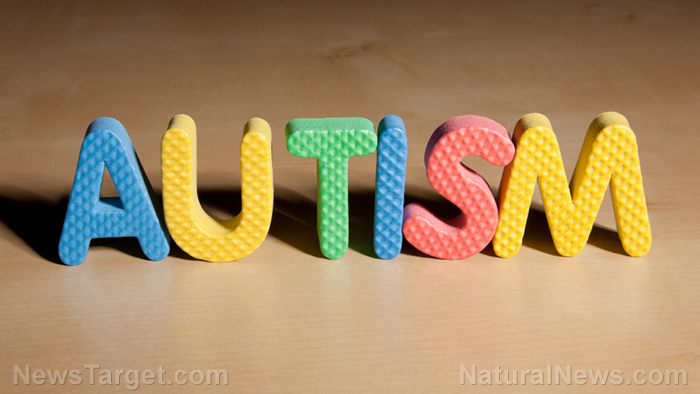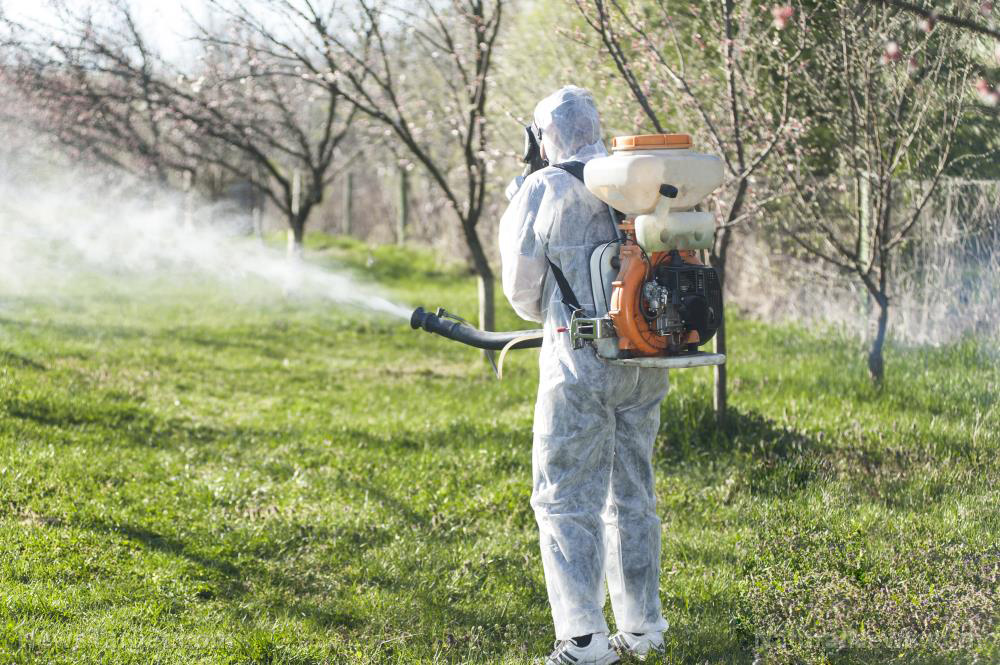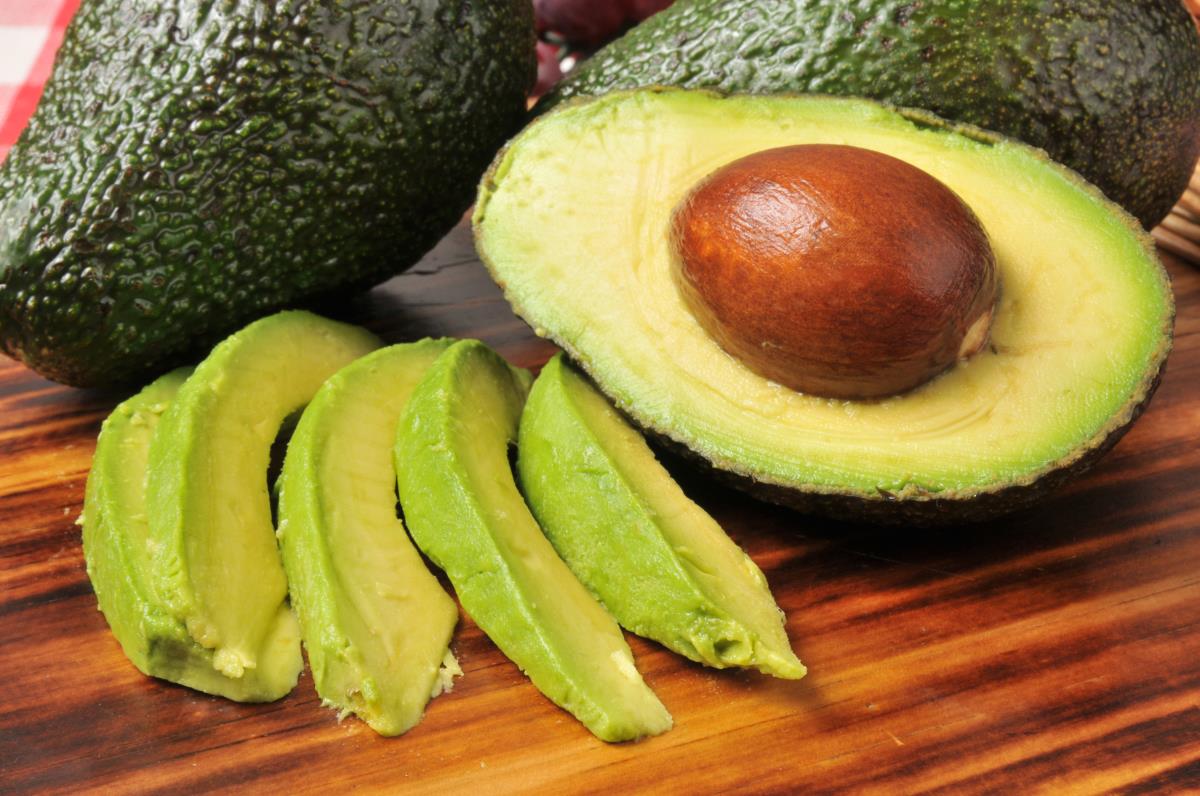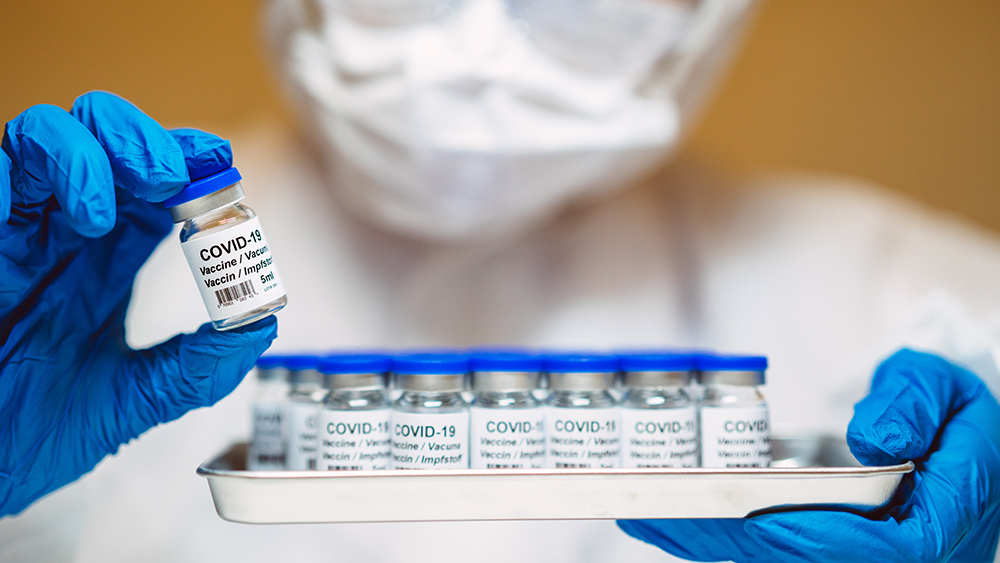 Parler
Parler Gab
Gab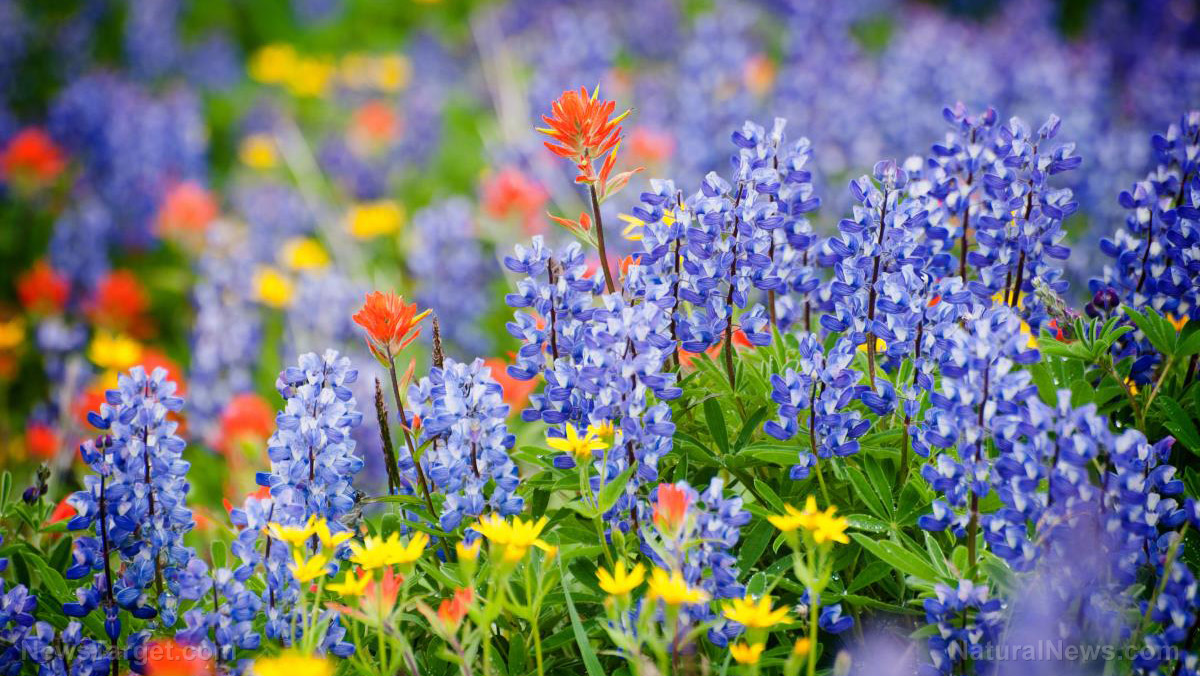
- Urban wildflowers meant to help bees are absorbing toxic metals from contaminated soil.
- Common pollinator plants like chicory and clover accumulate lead, arsenic, and cadmium in their nectar.
- Bees exposed to these metals suffer impaired learning, reduced populations, and weakened pollination.
- Soil testing and remediation are critical before planting wildflowers in industrial or urban areas.
- Unaddressed industrial pollution is worsening pollinator decline despite conservation efforts.
Pollinators at risk from industrial legacy
The research, published in Ecology and Evolution, shows that wildflowers planted on former industrial sites—once home to steel mills, oil refineries, and factories — absorb these metals from soil residue, turning what should be a lifeline into a toxic trap for bees. Even low levels of contamination cause long-term damage, such as impaired learning and memory in bees, crippling their foraging efficiency. Lead, the most prevalent contaminant found, was detected in the highest concentrations, followed by arsenic and cadmium—all known to contribute to bee mortality. "Before planting wildflowers in urban areas to attract bees and other pollinators, it’s important to consider the history of the land and what might be in the soil," warned Dr. Sarah Scott, lead author of the study and a researcher at the University of Cambridge’s Department of Zoology.Industrial neglect creates pollinator crisis
The study highlights the broader consequences of unchecked industrial pollution, particularly in aging cities like Cleveland, where vacant lots and abandoned factory sites still harbor toxic residues. Researchers tested nectar from self-seeded flowers across the city and found that chicory absorbed the highest concentration of metals, followed by white clover and wild carrot. These plants, critical for urban pollinators, unwittingly funnel lethal contaminants into the food chain. The decline of pollinator populations — a staggering 50% drop over the last 50 years — has been exacerbated by habitat loss and pesticide use. However, the study underscores a less-discussed factor: how soil contamination, if unaddressed, undermines conservation efforts. Many well-intentioned wildflower initiatives may be doing more harm than good.Solutions: testing and remediation before planting
The findings do not advocate avoiding wildflowers altogether but stress the need for soil testing and cleanup before planting. Cities with industrial histories must prioritize land stewardship—identifying polluted sites and, where necessary, removing contaminated soil or restricting flowering plants in high-risk areas. In places where self-seeding occurs, mowing may be a temporary measure to prevent toxic nectar from reaching pollinators. Pollinators play an indispensable role in agriculture, with natural pollination services contributing billions to global food production. Without them, staple crops like apples and tomatoes would decline sharply, destabilizing food systems. The study serves as a wake-up call: environmental restoration cannot happen in isolation from industrial accountability. Private landowners, city planners, and conservation groups must take practical steps to ensure pollinator habitats are safe:- Test soil before planting – Local soil testing services can identify contamination risks.
- Remediate contaminated sites – If metals are detected, soil cleanup or replacement may be necessary.
- Control self-seeding in polluted zones – Mowing or limiting wildflower growth in high-risk areas can reduce exposure.
- Choose safer plant alternatives – Some species absorb fewer metals; research to select low-risk forage plants.
‘Toxic cocktail’: study finds almost 200 pesticides in European homes
By S.D. Wells // Share
Trump administration considers ABANDONING Ukraine peace talks if no progress is made
By Ramon Tomey // Share
The remarkable heart-friendly properties of avocados
By News Editors // Share
Governments continue to obscure COVID-19 vaccine data amid rising concerns over excess deaths
By patricklewis // Share
Tech giant Microsoft backs EXTINCTION with its support of carbon capture programs
By ramontomeydw // Share
Germany to resume arms exports to Israel despite repeated ceasefire violations
By isabelle // Share
